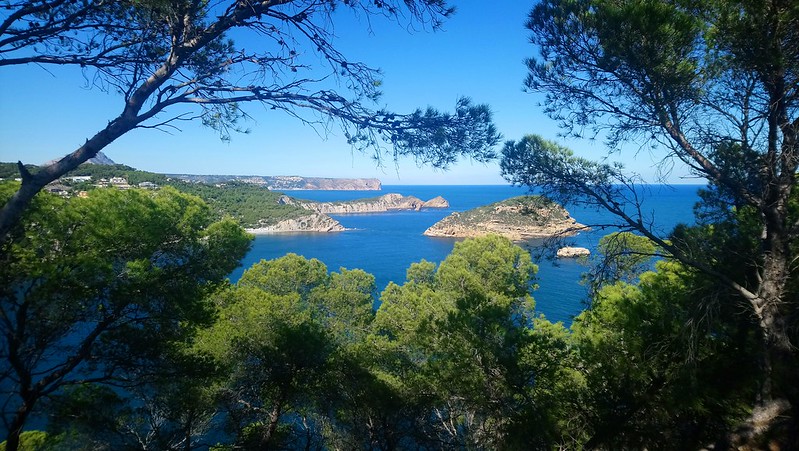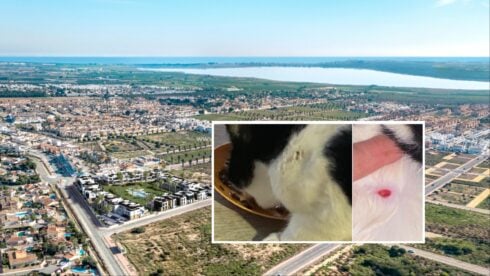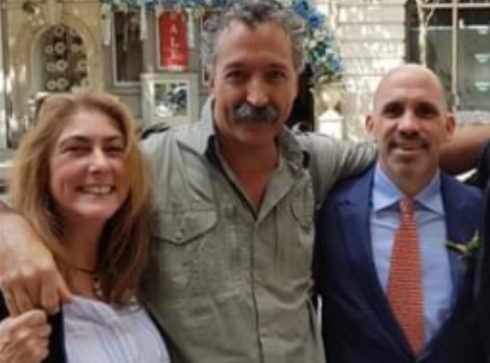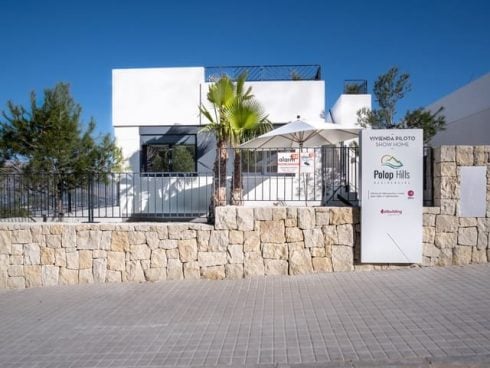MARIA is one of few local residents who can trace her roots directly to the sea.
Her father’s Javea was a place where its now celebrated coves could barely be reached by donkey, down precipitous trails carved out by centuries of fishermen’s feet.
“My family still owns two fishing huts down on Cala Barraca,” Maria tells me. “It’s an incredible privilege to have them, only these days we tend to share our Sunday paella with the world.”
Once a remote beach, Conde Nast Traveler recently named Barraca cove as one of the Mediterranean’s ‘most Instagrammed spots’.
A tarmac road now snakes down dramatic cliff sides to the pebbly beach as it passes award-winning villas like Casa de la Sardinera that was voted to have the ‘best residential pool in Europe’ and sold for €4.9 million back in 2017.
If just 50 years ago Javea (spelt Xabia in Valenciano) was connected to the rest of Spain by dirt roads, it’s a gem the world has quickly discovered.
Javea’s 29,000 population (half of them foreign-born) swells to over 100,000 in summer attracted by its collection of beaches like Playa Granadella – on the farside of Javea’s southern Cabo de la Nao headland.
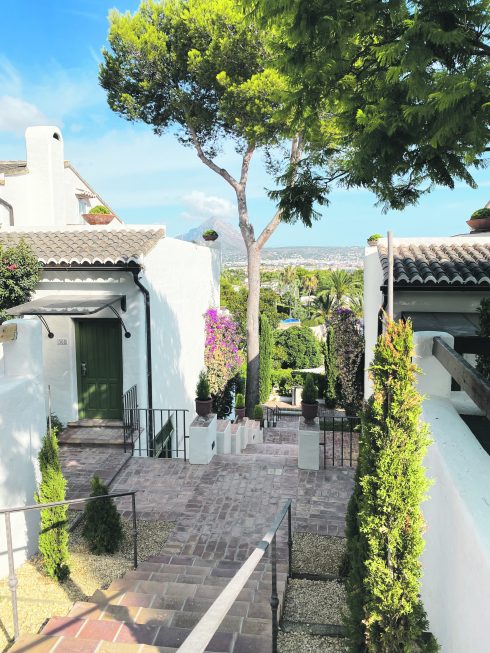
It’s an incredible spot, regularly dubbed ‘Spain’s best’, and has featured in Hollywood films, like the Cold Light of Day, starring Bruce Willis and Sigourney Weaver.
But despite the big seasonal influx, Javea is lucky to have missed the mass development of Benidorm some 40km to the south.
Its town hall has been relatively strict on planning and restrictions prohibit anything higher than a palm tree, while the atmospheric old town has been almost completely untouched and looks the same as it did 100 years ago.
Wandering Javea’s oldest streets – too tight for cars – you can still feel the protection they provided from unpredictable attacks by Barbary pirates.
Javea’s defensive past is encapsulated in its 14th-century Iglesia-Fortaleza de San Bartolome, one of the only siege-ready churches around.
And don’t forget to slink into Javea’s cool municipal market built in local honey-coloured tosca stone.
Here you’ll find locals sipping a sweet café solo with a coca – a traditional sourdough flatbread topped with either chopped tomatoes and salted tuna or typically, a single anchovy.
You can pick up crimson-red prawns, monkfish and inky-black sepia brought in fresh from Javea’s waters that same morning.
And if the sun’s over the yardarm – as it usually is in Javea – you can enjoy a Negroni or the local concoction, Agua de Valencia (vodka, cava and fresh orange juice), from the British-run tapas-and-cocktail bar Puesto 7. And there’s a host of other tapas joints to try next to it.
Most people in Javea think of the town as being divided into three separate parts: the old town, the port below it, and ‘the Arenal’ at the other end of the bay.
It’s easy to think of the old town and port as ‘traditional Javea’ and the newer Arenal area as ‘touristy Javea’ – shabbier Javea, if you will.
Indeed, the natural sandy Arenal beach, lorded over by its historic Parador hotel, fills to capacity in summer as easy access to warm, shallow waters attracts young and old alike.
But you’d be wrong to think the Arenal lacks class.

Among the glass-fronted bar-restaurants and palm-lined Paseo de David Ferrer (Spain’s former world no.3 tennis player and a current resident) hides Tula, one of Javea’s two Michelin-starred restaurants (BonAmb inland being the other).
The Arenal is also home to the Javea-owned La Fontana restaurant, where expats and locals alike come to share a paella de marisco or fideua – paella’s noodle-based sibling that hails from the city of Gandia some 40km north.
The Arenal’s best known patron is the French-owned Javea Company, in charge of the popular Chabada cafe-bar, the restaurants of La Boheme and Acqua, and the nightclubs of Achill and Bambula. But the Geographic has become a popular joint for a light lunch or to watch live sports on its dozen-plus screens.
The Arenal is surely Javea’s most international spot, but Javea wouldn’t be the hidden gem of the Costa Blanca if it didn’t have empty beaches even in its high season.
From the milky-blue Playa de la Grava in Javea’s port to the Punta del Arenal, Javea has 3km of coastline, dotted with pop-up chiringuitos that serve a fresh Mojito or the Roman-era ‘Queen’s Baths’ that serve a selfie to go viral.
But there are plenty more secret beaches worth seeking out.
For the more intrepid, a 20-minute hike towards the San Antonio headland will take you to Cala Tango – a YouTube hit with a 17 metre-high jumping platform that was empty in July when I last went with a cuttlefish sandwich, an Estrella Galicia tinny and a GoPro.
On the southern side of the Arenal there’s the Cala Blanca, only reachable by walking through a round hole in the rockface, before you meet the dramatic Cabo de la Nao headland with hidden coves you still today can’t reach by foot.
If you worry that sheltered coves like Playa Granadella have already been discovered by the world’s luxury magazines then don’t. There are plenty of others.
The local buzz currently centres around the ultra-secretive Cala en Calo that’s been grabbing world rankings alongside tropical beaches in Thailand and the Philippines.
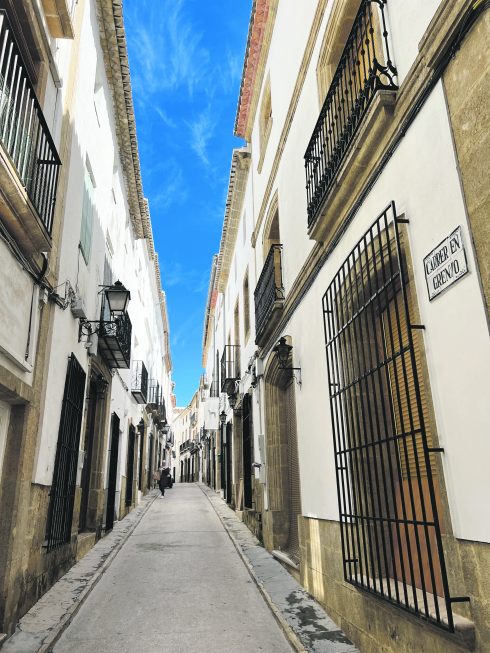
If there’s anything I’ve learned from three years of living here – relocating thanks to the Olive Press launching an edition here in 2019 – it’s that Javea never fails to give up more hidden treasures.
Just last summer two snorkelers found 53 gold coins while fooling around off La Cala Barraca, just beneath Portitxol Island.
Local reports said they had a ‘heated discussion’ about whether they should do the right thing and tell the world of their discovery.
When they did finally notify authorities, local archaeologists reportedly ‘cried’ as one of Europe’s largest finds of Roman-era gold put their little bay in the history books (Portixtol comes from the Latin meaning ‘little port’).
A huge picture of the gold coins is currently draped across Javea’s old town Museo Soler Blasco, and the story of snorkelers Luis Lens and Cesar Jimeno is now legendary.
I also know that my friend Maria has often weighed up a similar dilemma to this pair, worried that in revealing Javea’s secrets to the world she might lose a piece of that good fortune.
I ask her if the tourists bother her.
“Look at Javea, it has no factories, it has no industry – we are lucky to be able to make our living from our nature and our views,” she says.
Lucky for her, and for us who came later, Javea has enough hidden gems to share all round.
READ MORE:
- ANALYSIS: What’s so special about the microclimate in Javea on Spain’s Costa Blanca?
- FOCUS: What makes Javea on Spain’s Costa Blanca so popular with international residents?
- Expat coworking space offers free desk space for refugees in Javea on Spain’s Costa Blanca
Click here to read more Costa Blanca News from The Olive Press.

